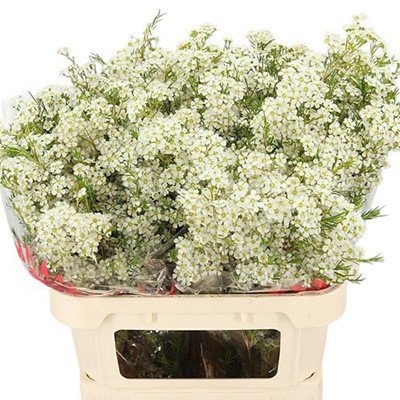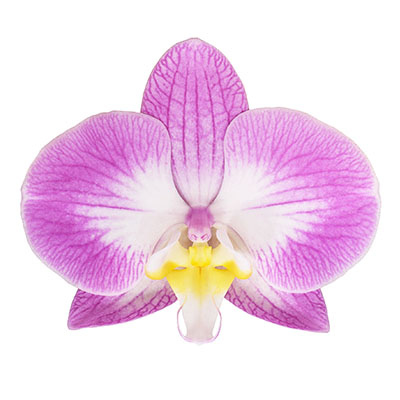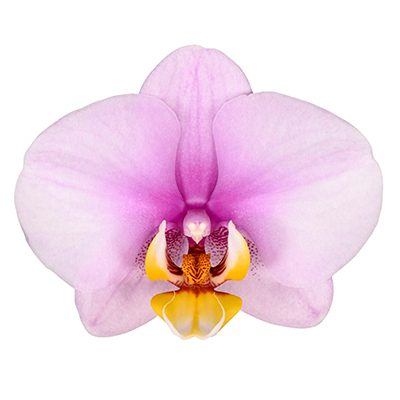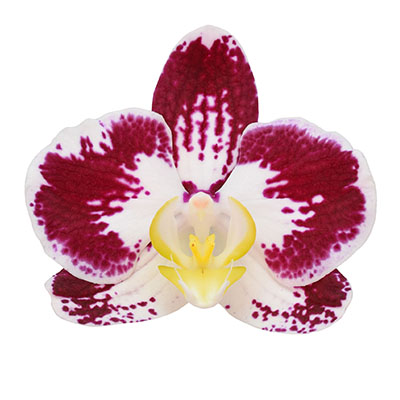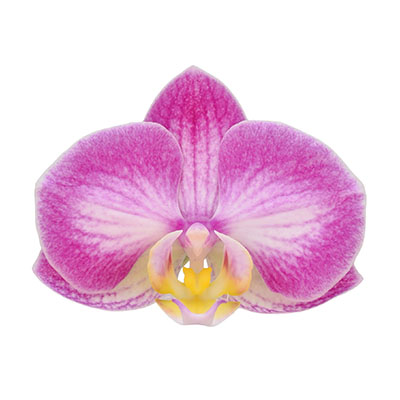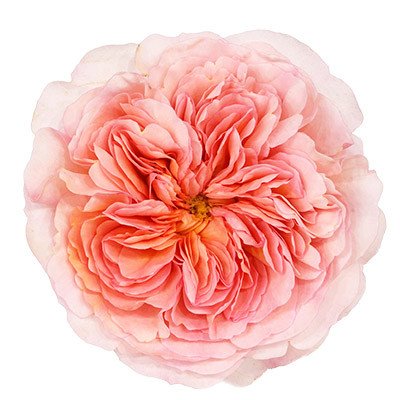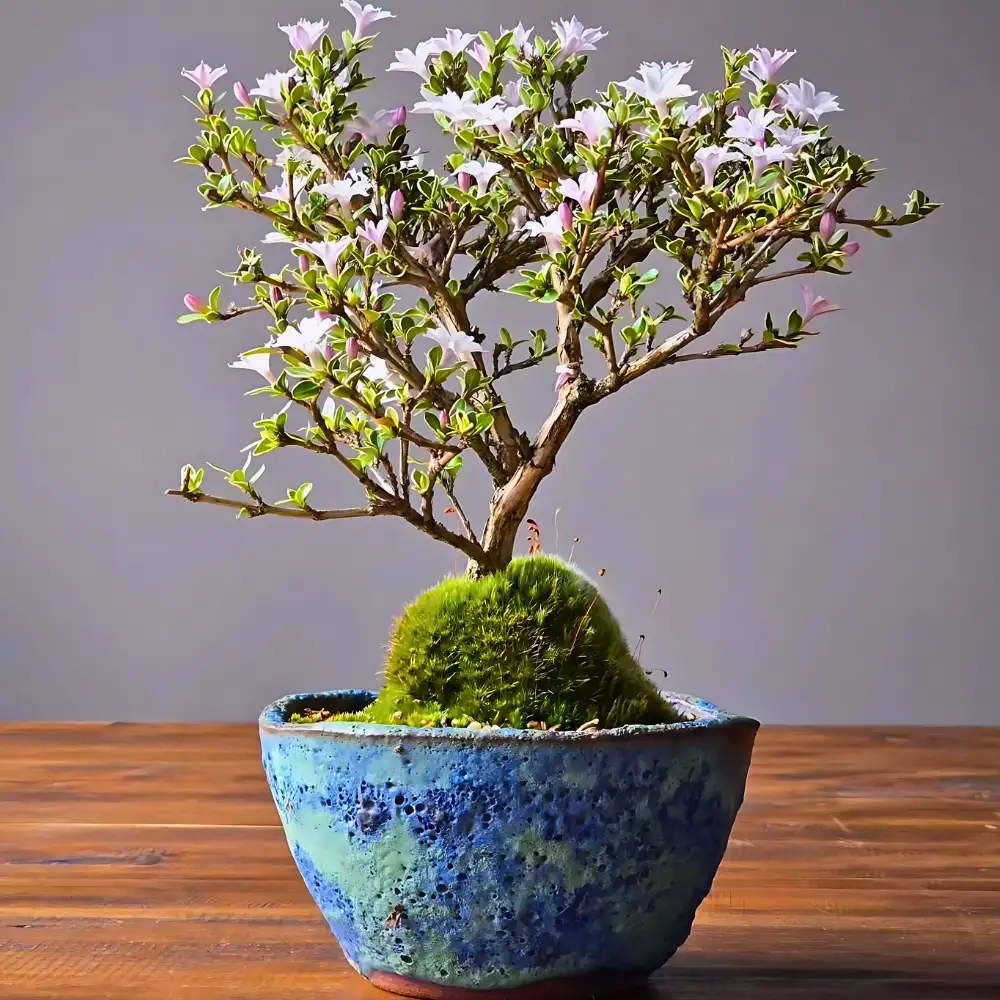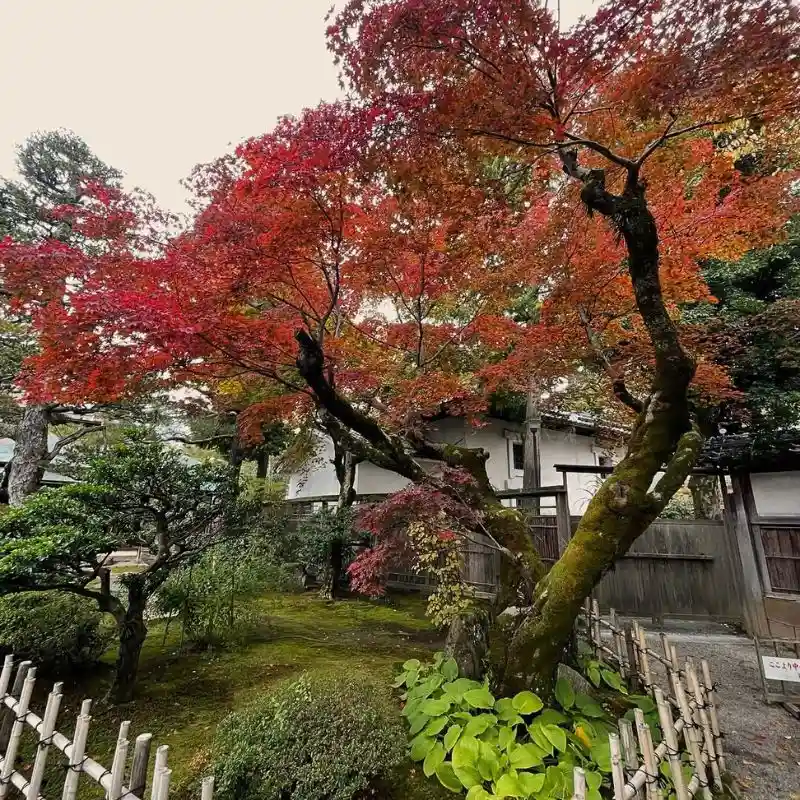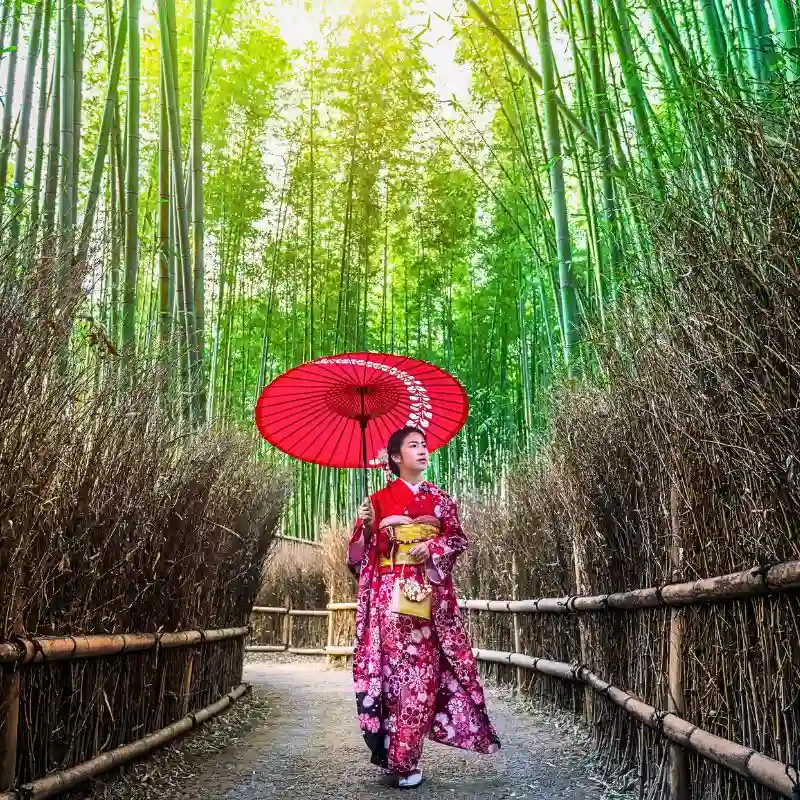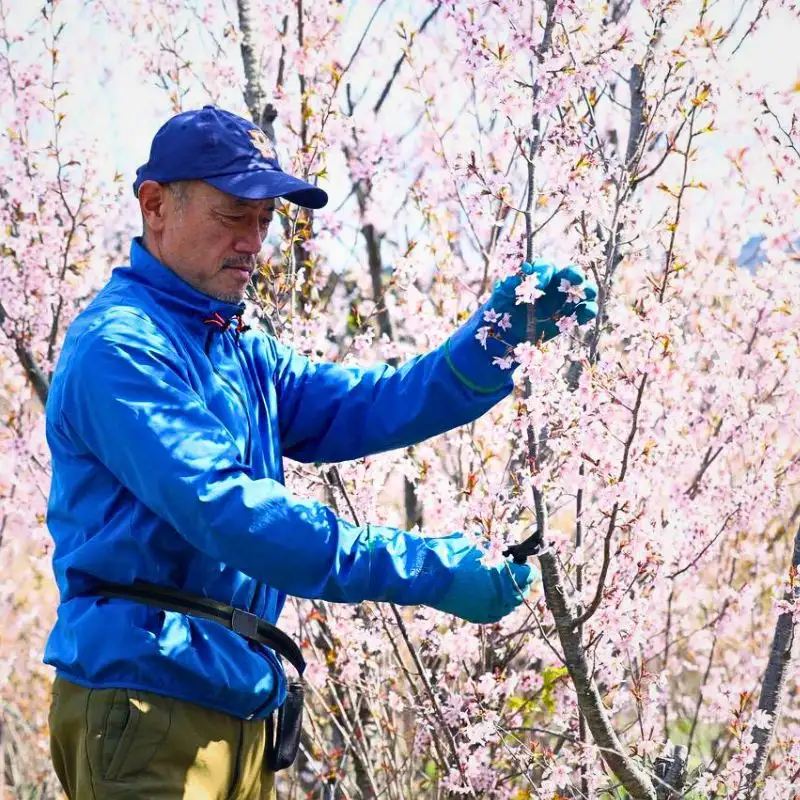Japanese maple trees are a stunning addition to any garden. With their vibrant foliage and exquisite form, they bring a touch of elegance and beauty. Whether you prefer a dwarf Japanese maple tree for small spaces, a bloodgood Japanese maple tree for its deep burgundy leaves, or a Japanese red maple tree for its striking red foliage, there is a variety to suit every taste. Trust us, these trees will turn your garden into a captivating oasis.
An Uplifting Guide to the Japanese Maple Tree
Are you ready to discover the beauty of nature through the enchanting world of the Japanese maple tree? Prepare to be captivated by the splendor of its delicate leaves, the vibrant colors that dance upon its branches, and the sense of tranquility it brings to any space. Let us take you on a journey to explore the wonders of the dwarf Japanese maple tree, the Bloodgood Japanese maple tree, and the Japanese red maple tree.
Common Names:
- Dwarf Japanese Maple Tree
- Bloodgood Japanese Maple Tree
- Japanese Red Maple Tree
The Enchantment of Dwarf Japanese Maple Trees
Delicate and petite, the dwarf Japanese maple tree is a true gem in any garden. With its exquisite foliage and compact size, it adds a touch of elegance and serenity to outdoor landscapes as well as indoor spaces. Originating from Japan, these enchanting trees have captured the hearts of flower lovers all around the world.
The dwarf Japanese maple tree, scientifically known as Acer palmatum, belongs to the Aceraceae family. Its intricate leaves showcase a stunning array of colors ranging from fiery reds, vibrant oranges, and golden yellows to mesmerizing purples and deep greens. These striking hues transform with the changing seasons, creating a breathtaking spectacle throughout the year.
.webp)
When it comes to caring for dwarf Japanese maple trees, they thrive in partially shaded areas with moist, well-drained soil. Their compact size makes them ideal for smaller gardens or even container planting, allowing you to bring their beauty closer to your living spaces. They are also known to be relatively low-maintenance, making them a delightful choice for both seasoned plant enthusiasts and beginners alike.
Embracing the Elegance of Bloodgood Japanese Maple Trees
The Bloodgood Japanese maple tree offers a captivating display of rich, deep red foliage that commands attention in any setting. This striking cultivar of the dwarf Japanese maple tree, known as Acer palmatum 'Bloodgood,' has become a beloved favorite among flower lovers worldwide.
Originating from Japan, Bloodgood Japanese maple trees have a fascinating history. They were first discovered in the 18th century and have since gained immense popularity for their exceptional beauty. These trees can reach a height of 15-20 feet, creating a magnificent presence in gardens and park landscapes.
What makes Bloodgood Japanese maple trees so cherished is their ability to thrive in various climates. They are versatile, making them an ideal choice for both outdoor and indoor settings. As an eye-catching addition to interiors, their striking foliage brings life and vibrancy to any space. In tropical climates, they can flourish as outdoor plants, providing a stunning display throughout the year.
Japanese Red Maple Tree: A Majestic Symbol of Beauty
Imagine a tree adorned with cascades of vibrant crimson leaves, like nature's very own masterpiece. Enter the Japanese red maple tree, a majestic symbol of beauty revered by flower enthusiasts and gardeners alike. With its awe-inspiring color palette and graceful silhouette, this tree is a true showstopper.
The Japanese red maple tree, scientifically known as Acer palmatum atropurpureum, originates from Japan, where it is celebrated for its cultural significance. It has been a beloved feature in traditional Japanese gardens for centuries, embodying the harmony between nature and human existence.
What makes the Japanese red maple tree so beloved is its adaptability and versatility. It can be grown both indoors and outdoors, allowing flower lovers to create stunning focal points in their living spaces. Whether placed in a garden, patio or even as a bonsai, the Japanese red maple adds a touch of elegance and serenity to any environment.

Embracing the Right Care for Japanese Maple Trees
Sunlight Care:
Japanese maple trees thrive in partially shaded areas, as excessive sunlight can scorch their delicate leaves. Find a spot in your garden or home that receives dappled or indirect sunlight throughout the day.
Water Care:
Proper watering is crucial for the health of your Japanese maple tree. They prefer moist but well-drained soil. Water them regularly, ensuring the soil remains consistently moist, but avoid overwatering, as it can lead to root rot.
Humidity Care:
Japanese maple trees appreciate moderate humidity levels. If you're growing them indoors, consider using a humidifier or placing a tray filled with water and pebbles near the plant to increase humidity.
Temperature Care:
Japanese maple trees thrive in temperate climates. They prefer cool to mild temperatures and may require protection from extreme heat or frost. Ensure they are planted in an area that offers suitable temperature conditions.
Soil Care:
These trees thrive in well-drained, acidic soil. Choose a soil mix that offers good drainage and acidity levels between pH 5.5 and 6.5. Regularly test the soil's pH level to ensure optimal growth.
Propagation Care:
Japanese maple trees can be propagated through various methods, including seeds, cuttings, and grafting. Each method requires specific care and techniques. It is advisable to seek guidance from experts or reference reliable sources when attempting to propagate these trees.
Common Problems and Pests Care:
Like any plant, Japanese maple trees can face common issues such as fungal diseases, aphids, and scale insects. Regularly monitor your tree for any signs of trouble, and promptly address any problems that arise. Consult with local gardening experts or use organic pest control methods to keep your tree healthy and thriving.
By embracing the right care for your Japanese maple tree, you ensure its longevity and beauty for years to come. The love and attention you invest in nurturing these magnificent trees will reward you with a living work of art that continues to inspire and uplift your heart and soul.
Header image by Ulleo, profile image by @momiji_en, featured image by Susbany

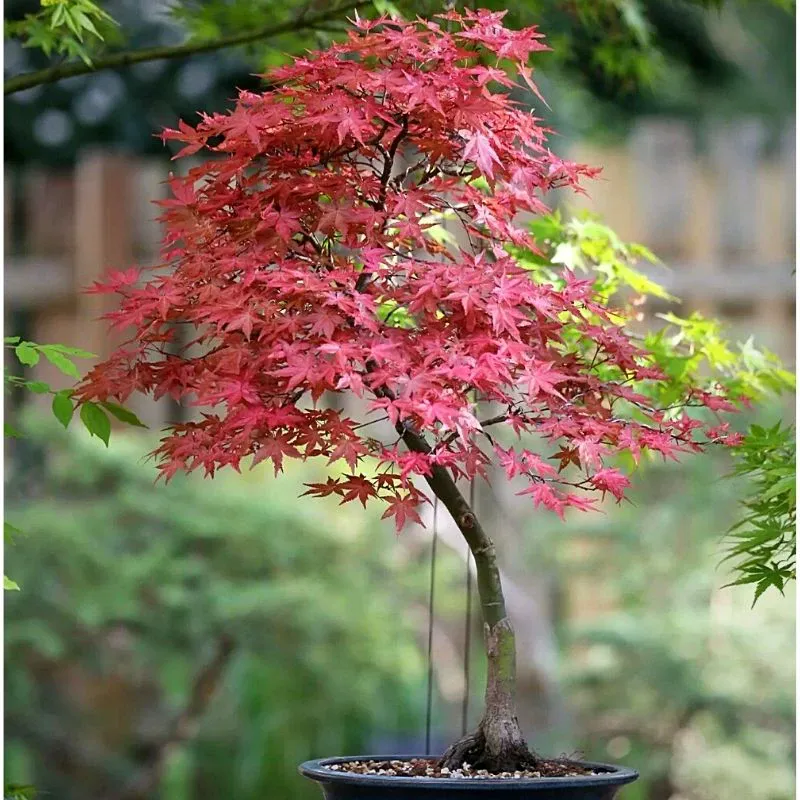
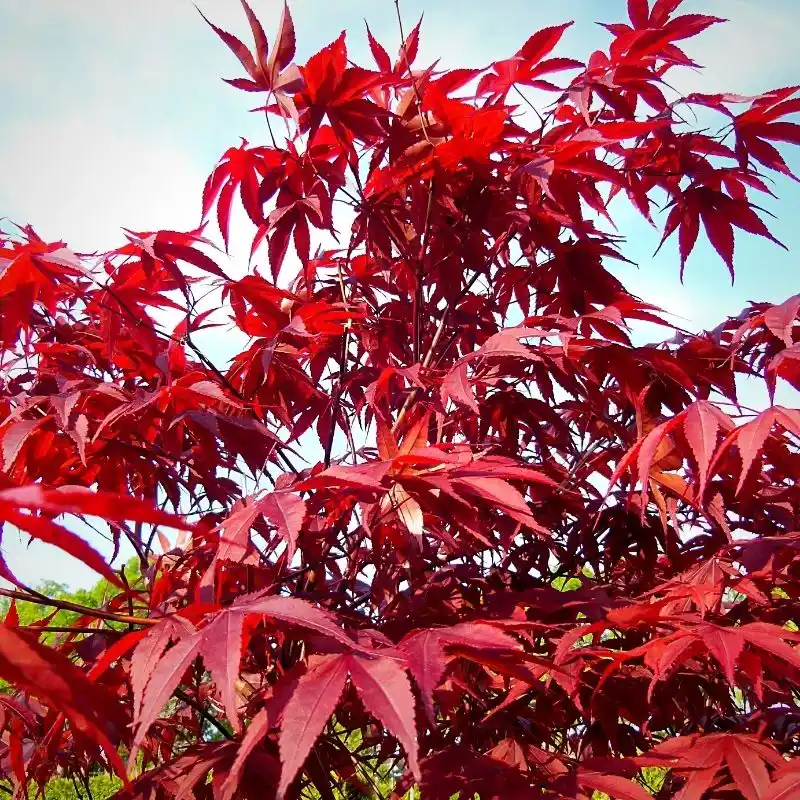
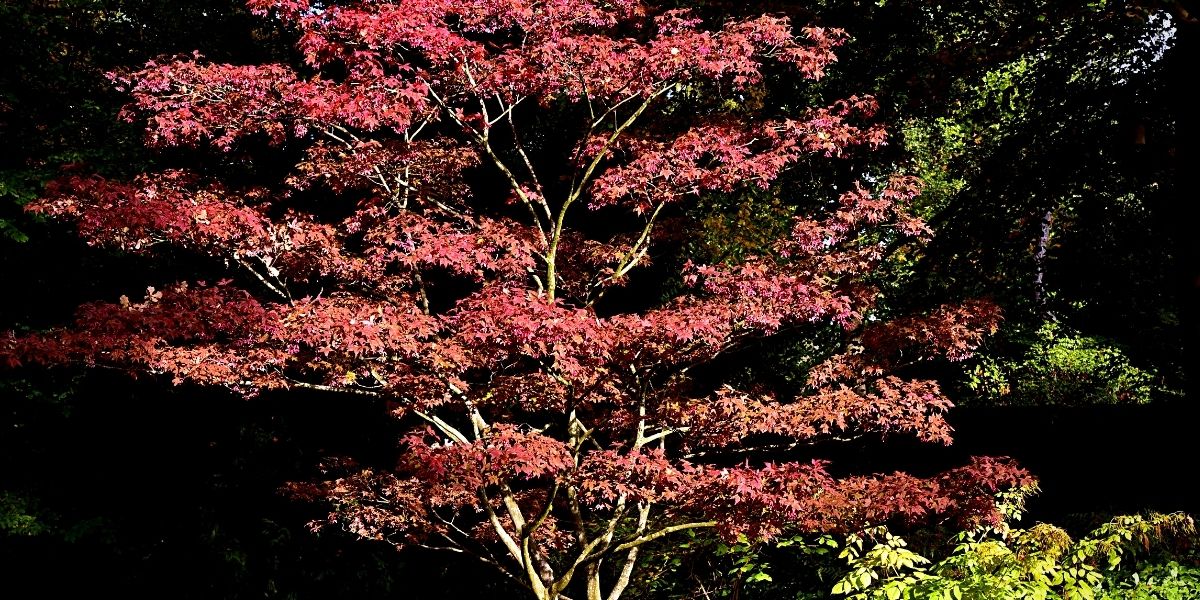
.webp)





